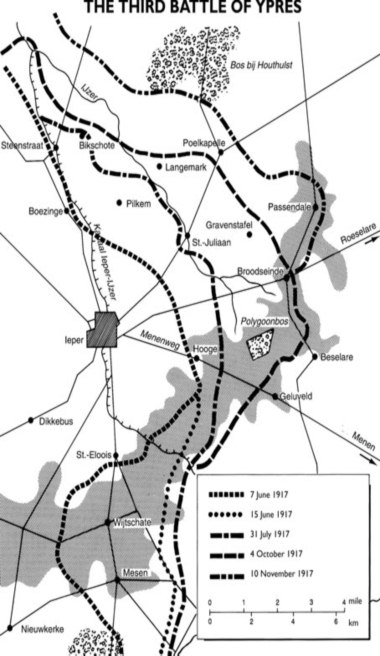This may not be the best answer, Sergeant, but it was the best available to the Canadians.

Relocating or delaying the attack made a lot of sense. That's what General Currie argued for. Passchendaele was a battlefield from Hell. Unfortunately Field Marshall Douglas Haig demanded that after so much sacrifice by British, Indian, Australian and New Zealnd troops, a victory at Passchendaele was essential for morale - even though the vilage - and the entire campaign - was now useless strategically.
Given this, the best tactic the Canadians could devise was "B" - fight a steady series of "grab and hold" engagements rather than try for a quick, spectacular Vimy-style victory. Tanks were useless in such muddy conditions. With their huge weight and weak engines they simply bogged down in the mud and became sitting ducks. Victory would be the result of many small actions with local artillery bombardments, quick movements forwards and then determined defence against counter-attacks. Determination, artillery, Lewis guns and grenades were the keys to victory.
Passchendaele Battle Test #2
How do you make a successful attack against the concrete German pillboxes that are scattered across the German defences by the hundreds?
A. Locate the pillboxes using air photo analysis and sound or flash locators, then hammer them with artillery.
B. Time for the Royal Flying Corps to step up. This is a perfect opportunity to do aerial bombing.
C. Use infantry attacks, with a dual flanking maneuver, to get behind the pillbox and attack from the back.
D. Follow a creeping barrage for cover. Find a safe shell hole. Then pound the pillbox with rifle launched grenades.